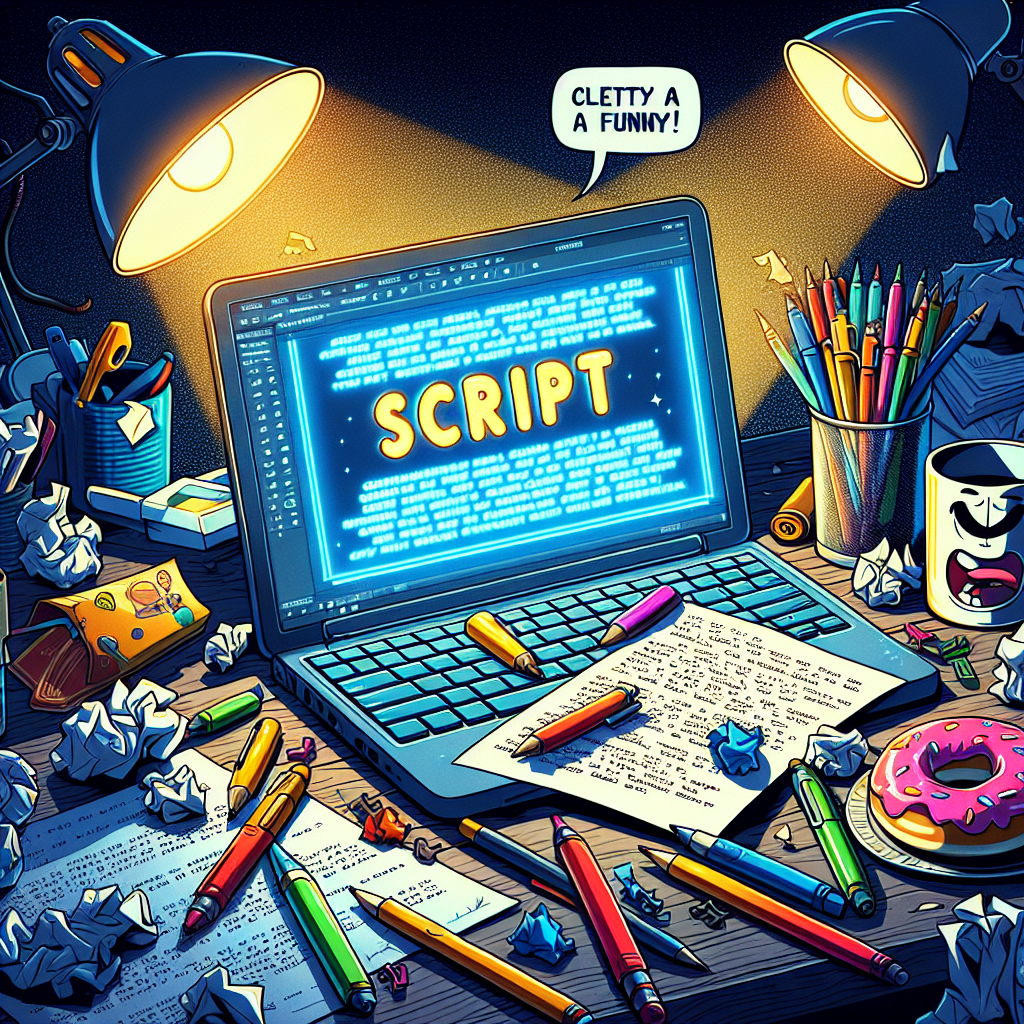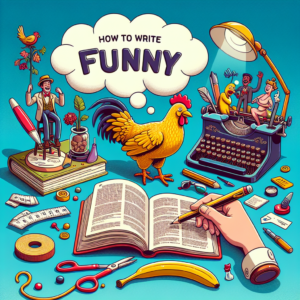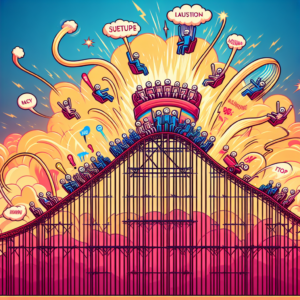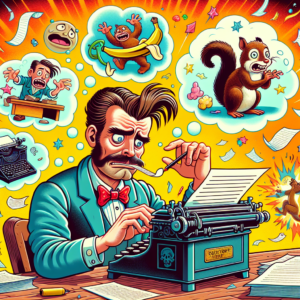Writing Funny: A Guide
I. Intro: Why Write Funny?
Humor is a powerful tool that can entertain, connect people, and bring light to even the darkest of situations. Writing funny not only engages your audience but also allows for the exploration of complex themes in a more palatable way. It can turn an ordinary story into a memorable experience that resonates with readers long after the final punchline.
II. Know Your Audience: Humor is Subjective
Understanding who you’re writing for is crucial when it comes to humor. What’s funny to one person may fall flat for another. Consider age, culture, and personal experiences when crafting your jokes. Research your target audience, and perhaps test your material on a diverse group to gauge their reactions. Tailoring your humor to fit your audience can make all the difference.
III. Core Elements
A. Character: Flaws, Quirks, Desires
Your characters should be relatable yet exaggerated versions of real people. Flaws and quirks make them more authentic and provide fertile ground for humor. Highlighting their desires can add depth and context to their comedic journeys.
B. Premise: What’s the Story?
A clear premise sets the stage for your comedy. It provides a framework within which jokes can develop naturally. What situation are your characters in? What conflict drives the story? Establishing this early helps underpin your humor.
C. Structure: Setup, Punchline, Tags
Every joke has a structure. A setup introduces a situation or premise, leading the audience in a certain direction. The punchline delivers a twist or unexpected turn that generates laughter. Tags are additional jokes that build off the punchline, maintaining the comedic momentum. Knowing how to play with structure can amplify the impact of your humor.
IV. Finding the Funny
A. Exaggeration
Exaggeration is a classic comedic technique. Taking an ordinary situation and blowing it out of proportion can create absurd and funny scenarios that resonate with an audience.
B. Wordplay/Puns
Clever use of language can elicit laughs through puns, double entendres, and playful dialogue. A well-placed pun can serve as both a joke and a character trait, showcasing wit.
C. Physical Comedy
Sometimes, actions speak louder than words. Visual gags and physical movements can be more impactful than dialogue. Think of slapstick humor; the right physical comedy can catch audiences off guard and induce laughter.
D. Rule of Three
The Rule of Three is a principle where things grouped in threes are inherently funnier. Set up a pattern in two items, then disrupt it with a third for comedic effect. This structure is pleasing to audiences and takes advantage of their established expectations.
E. Surprise
Surprise elements can catch your audience off guard, causing laughter. A sudden twist, an unexpected follow-through on a setup, or a character acting out of character can all lead to humorous moments, as they defy expectations.
F. Absurdity
Absurdity pushes the boundaries of reality. Situations that defy logic and common sense can be hilariously funny. Embrace the ridiculousness and allow your imagination to run wild.
V. Dialogue: Voice and Timing are Key
Your characters’ dialogue should reflect their unique voices, lending authenticity to the humor. Timing, too, is critical; the delivery of a line can make or break the punchline. Practice reading your dialogue aloud to find the rhythm that elicits the best response.
VI. Rewriting: Kill Your Darlings, Get Feedback
The initial draft is just the beginning. Rewriting is essential. Be willing to cut material that doesn’t serve the humor, no matter how much you love it (the “kill your darlings” principle). Seek feedback from trusted readers to gain perspective on what works and what doesn’t.
VII. Conclusion: Keep Writing, Keep Laughing
The journey of writing funny is continuous. Embrace your mistakes and successes alike. The more you write, the better you’ll understand your style and voice. Keep experimenting, keep learning, and most importantly, keep laughing—both at the world and at yourself. The art of humor is a skill that can be honed with practice, joy, and an openness to the unexpected. So grab your pen, unleash your creativity, and let the laughter flow!









